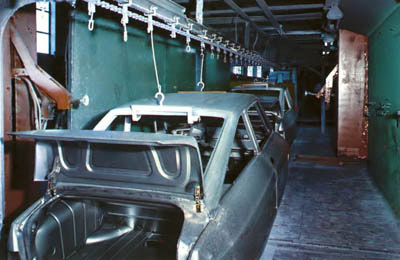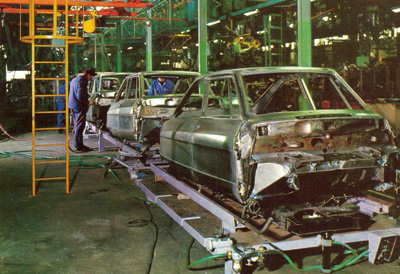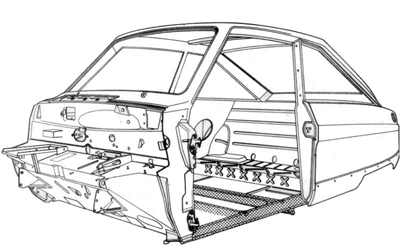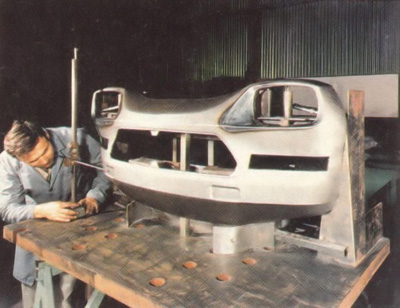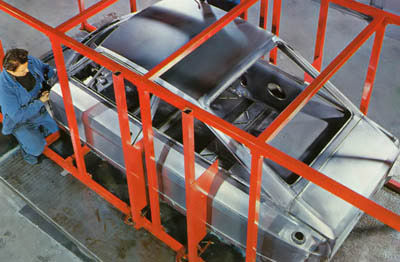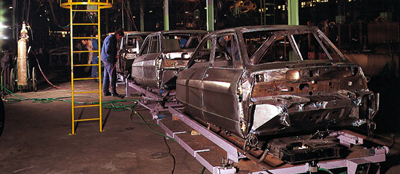|
||||||||||||||||||||||
M35 Wankel engined coupé |
|||||||||
|
|
||||||||
|
In the autumn of 1969, six bodies were assembled although the project itself did not start until January 1970. All the cars had "Prototype Citroën M35 no ???" painted on the front wings. |
|||||||||
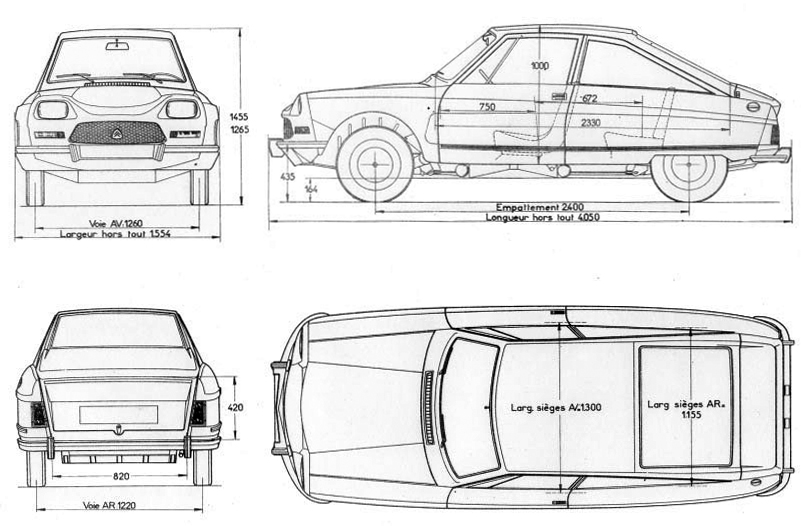 |
|||||||||
|
The engine was mated to a G series gearbox using a special bellhousing similar to that fitted to the Ami Super with the starter mounted on top of the gearbox as on the 2CV. Front brakes were mounted inboard on either side of the differential using early Ami 8 calipers. Ami Super driveshafts are used. |
|||||||||
 |
|||||||||
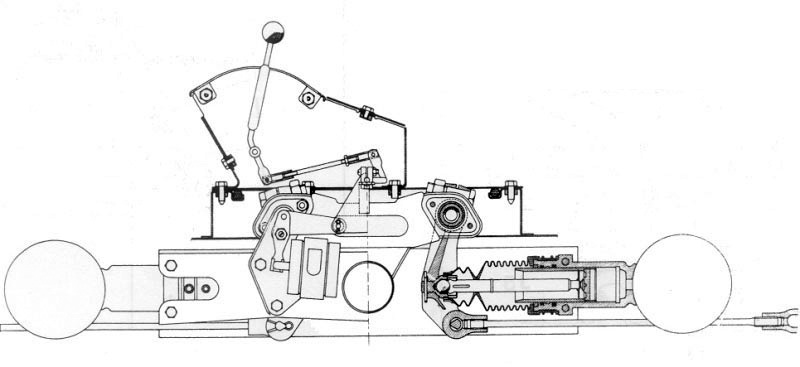 |
|||||||||
| Above - schematic of the hydropneumatic suspension | Below - schematic of the hydraulic system | ||||||||
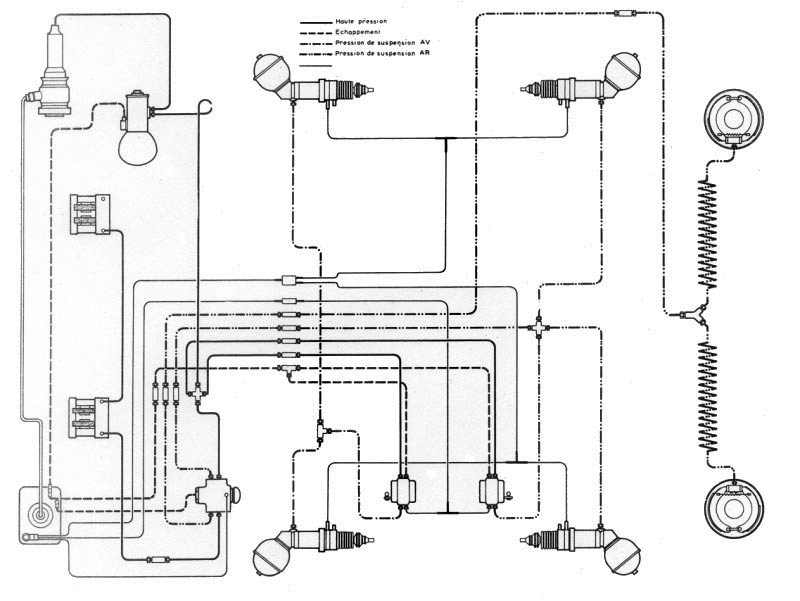 |
|||||||||
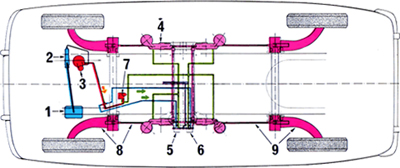 |
Suspension components left and hydraulic circuit layout above
|
||||||||
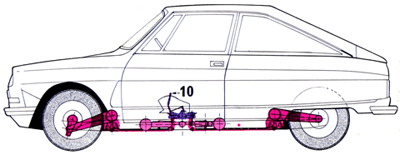 |
|||||||||
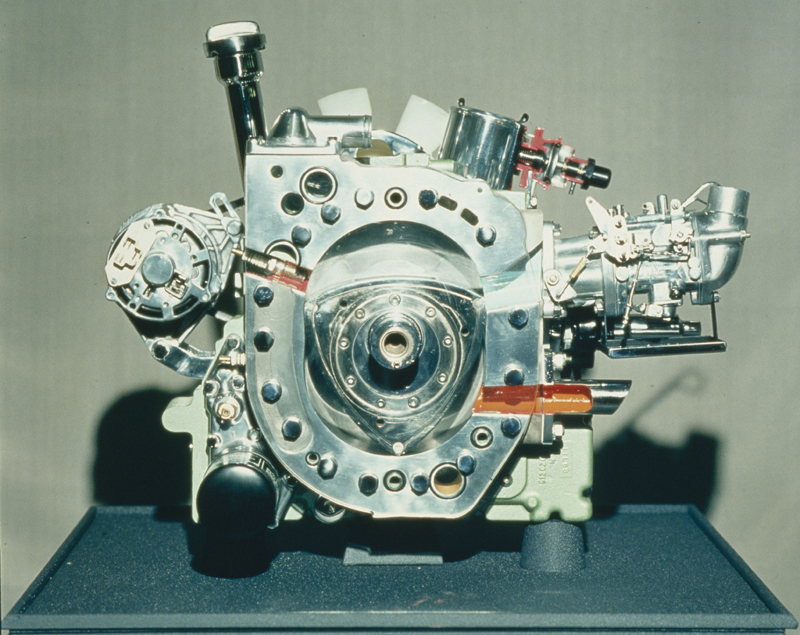 |
|||||||||
| Technical specification:
Engine Single rotor, water-cooled Wankel rotary engine Body and chassis Transmission Performance Suspension Brakes Dimensions and Weight Electrical equipment Miscellaneous A number of early M35s were purchased and driven by 'professional drivers' (i.e. those doing a high mileage) over a total of more than one million km over a period of five years. Citroën planned to sell 500 cars to French residents who would drive at least 30,000km per year. The cars would be maintained by specialists from the Bureau d'Etudes in order that they could see how the cars performed in the hands of users. In the end only 267 cars were built. Six were delivered to customers at the end of 1969, 212 during 1970 and the final 49 in 1971. Citroën ended the M35 project by giving owners the option of either keeping their cars or returning them to Citroën (with suitable incentives) and all those cars returned to Citroën were destroyed. |
|||||||||
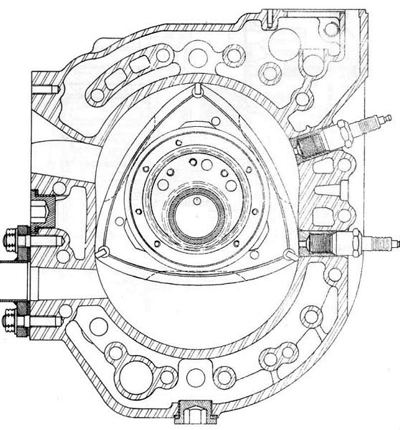 |
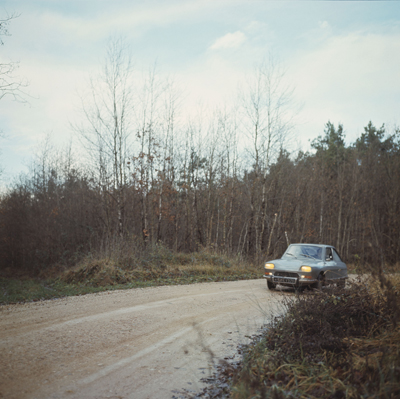 |
||||||||
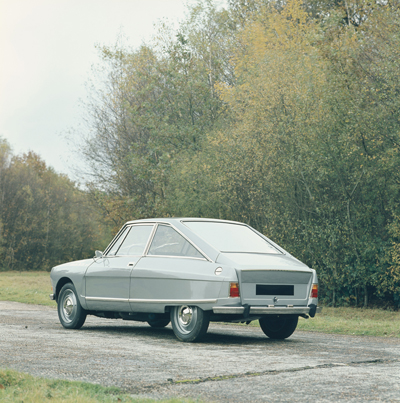 |
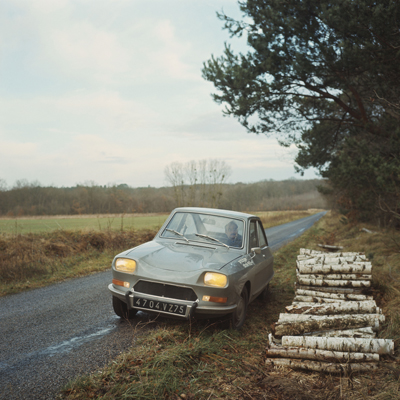 |
||||||||
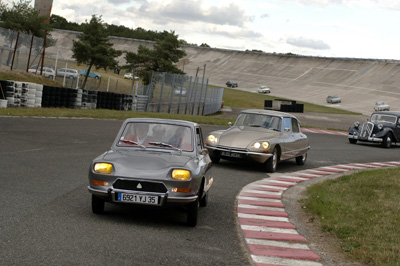 |
 |
||||||||
| © 1996 Citroënët/Julian Marsh/SA Automobiles Citroën | |||||||||



